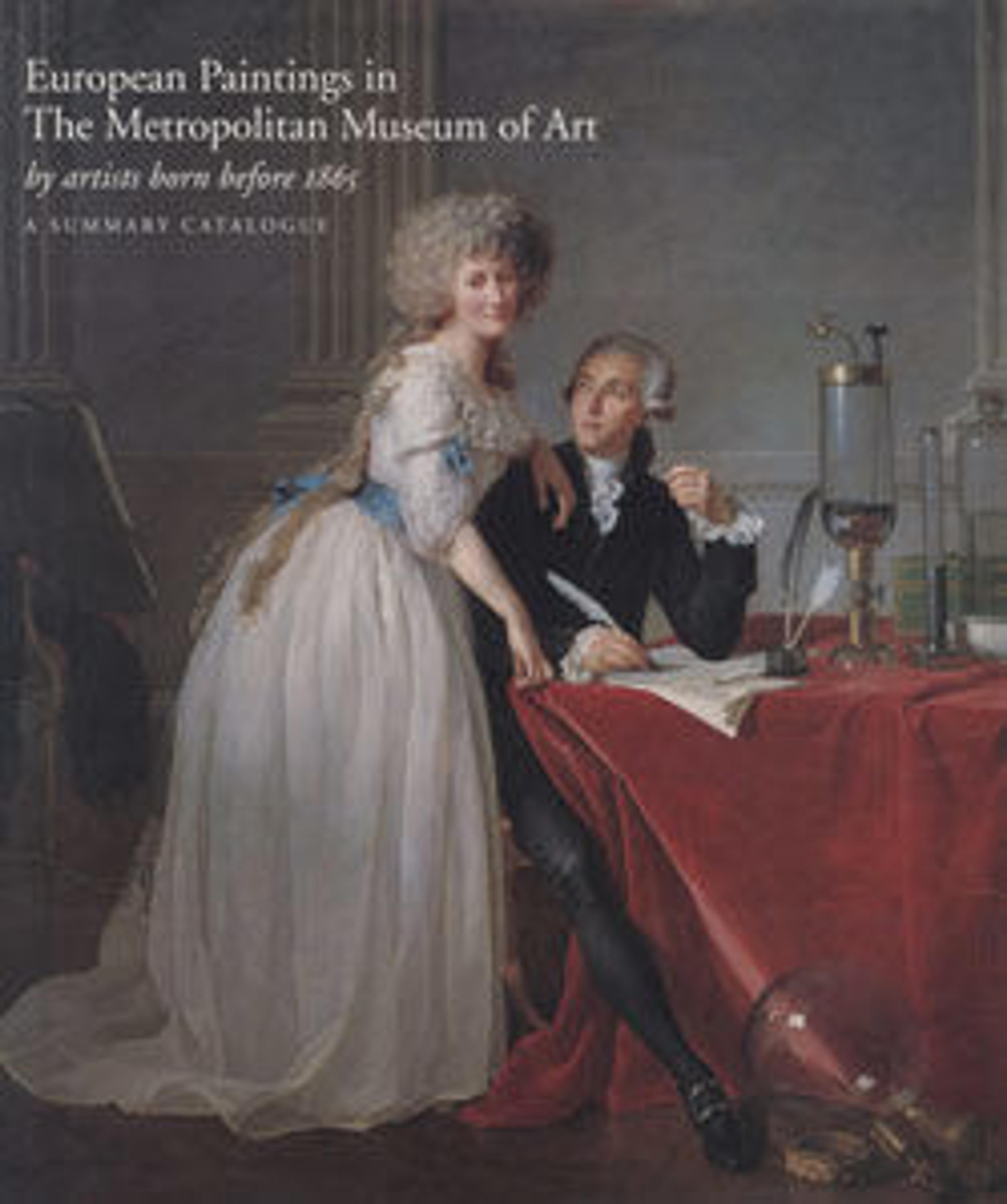A Meadow Bordered by Trees
Rousseau undertook frequent sketching expeditions in the French provinces. In 1844, along with fellow landscapist Jules Dupré (1811–1889), he visited the Landes region in the southwest, where he made works distinctive for their penetrating observation and careful execution. This canvas could have been painted later in the 1840s or in the 1850s. In the latter decade Rousseau excelled at arranging distant planes in parallel strips, a compositional device that he called "planimetric."
Artwork Details
- Title:A Meadow Bordered by Trees
- Artist:Théodore Rousseau (French, Paris 1812–1867 Barbizon)
- Date:ca. 1845–60
- Medium:Oil on wood
- Dimensions:16 3/8 x 24 3/8 in. (41.6 x 61.9 cm)
- Classification:Paintings
- Credit Line:Bequest of Robert Graham Dun, 1900
- Object Number:11.45.5
- Curatorial Department: European Paintings
More Artwork
Research Resources
The Met provides unparalleled resources for research and welcomes an international community of students and scholars. The Met's Open Access API is where creators and researchers can connect to the The Met collection. Open Access data and public domain images are available for unrestricted commercial and noncommercial use without permission or fee.
To request images under copyright and other restrictions, please use this Image Request form.
Feedback
We continue to research and examine historical and cultural context for objects in The Met collection. If you have comments or questions about this object record, please contact us using the form below. The Museum looks forward to receiving your comments.
